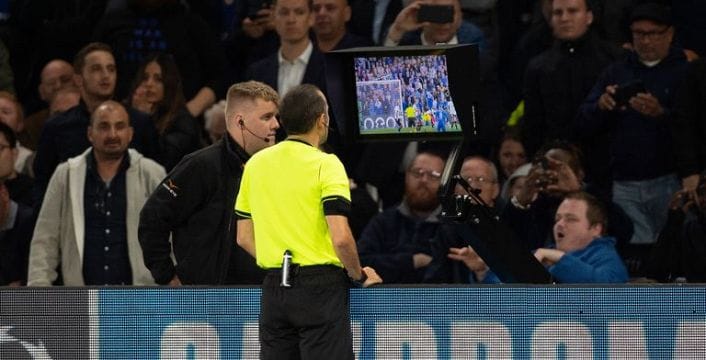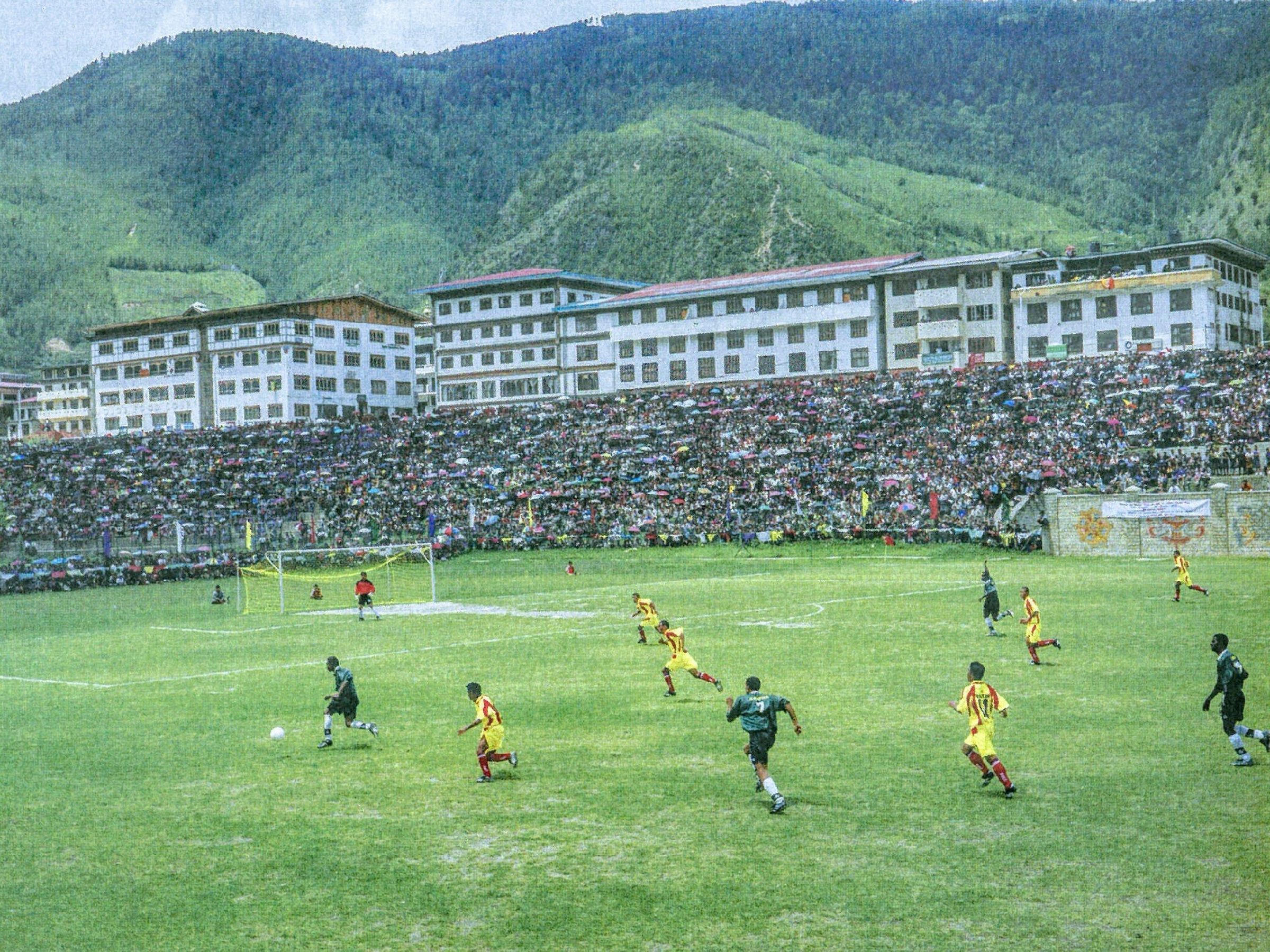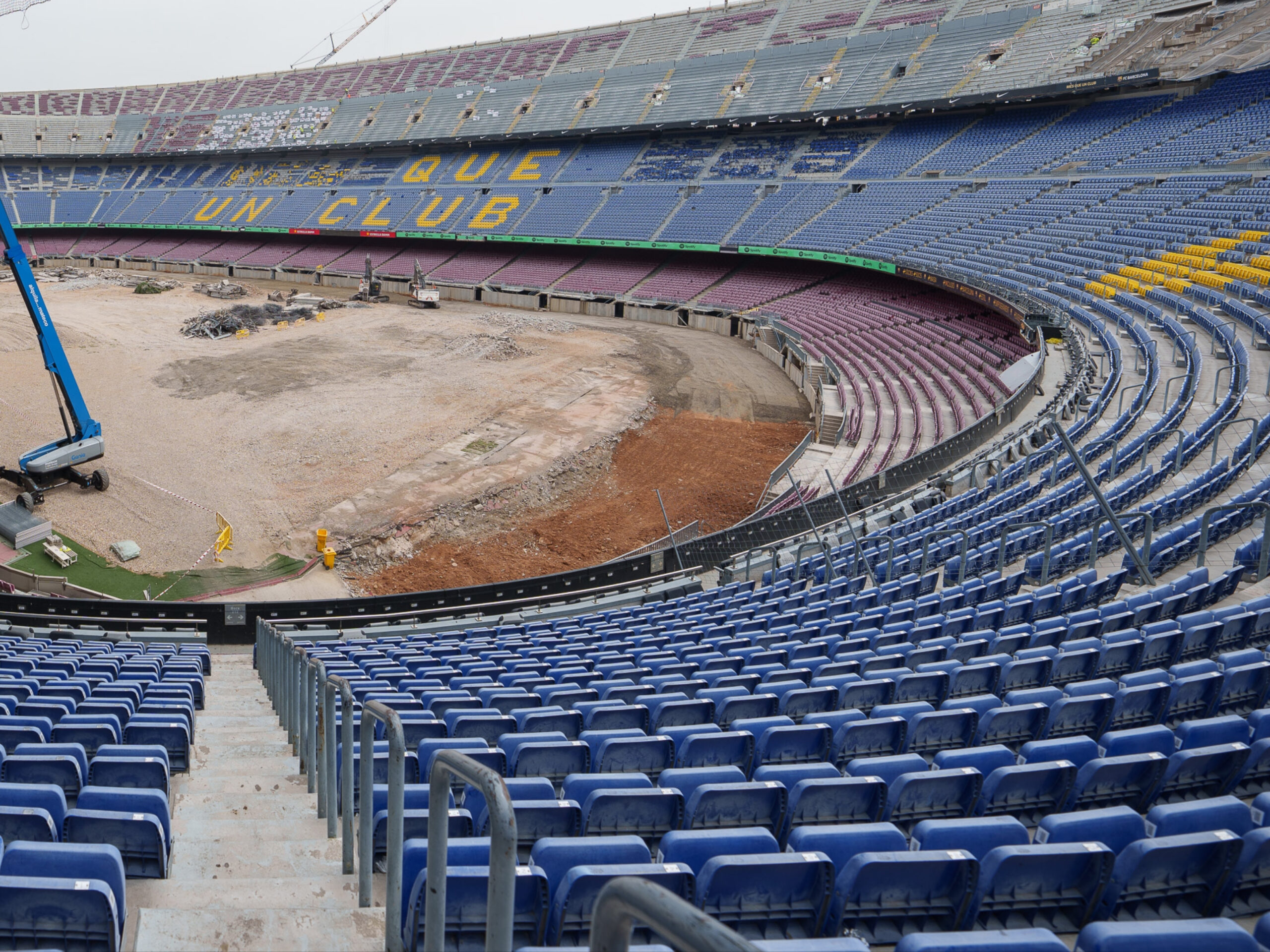
Football is an ever-changing sport, and before it starts sounding redundant, it’s important to acknowledge that the game needs certain alterations to meet the demands of its stakeholders. For that, FIFA will soon be introducing a new system – the FVS, or Football Video Support.
It all sounds very technical, and in reality, it is. Fans, the most important stakeholders in football, constantly demand change. When goal-line technology was first introduced, many believed it would save football – no more bad decisions. That was until it began to fuel even more controversy.
Then came the VAR (Video Assistant Referee) in 2020, and, well, it changed the sport forever.
On paper, it seemed like a good system. There would be an on-field incident, and if the referee missed it or found it too difficult to call, the VAR, sitting comfortably in an air-conditioned room, would make a decision — either making the call directly or asking the referee to review a pitchside screen.
Scandalous. It’s not just that this should never be awarded as a penalty, it’s that the ref did not make a “clear and obvious” error in not awarding it. Michael Oliver is so bad at his job. VAR keeps interfering with our games to make incorrect decisions. pic.twitter.com/qhLkUo91wC
— Scott Patterson (@R_o_M) November 13, 2024
But the controversy kept piling up, with offside calls, handballs, and fouls sparking even more debate. Now, referees had no excuse for getting it wrong.
The referees tried, and while claiming they “failed” would be an overstatement, the controversy simply won’t go away. It becomes especially frustrating for a team when they want the VAR to review a decision, but the on-field referee refuses. That’s where the FVS comes into play.
The FVS system is fairly simple to understand. It gives coaches the chance to challenge calls made by referees, providing them with an opportunity to overturn decisions they believe were incorrect.
Each team will be given two challenges, which they can use after any decision. If their call after taking the first challenge is successful, only then can they opt for a second one later in the game. If it fails, their challenges are gone.
🚨🚨| BREAKING: FIFA is looking to create a new system called Football Video Support (FVS), which would let coaches “challenge” any refereeing decisions they believe are incorrect. 📺
[@lequipe] pic.twitter.com/68zba40zLh
— CentreGoals. (@centregoals) November 13, 2024
FIFA has already trialed the system, and at first, it seemed like a simpler alternative to VAR, as decisions are resolved on the field rather than in a distant room. The system was proposed as a more cost-effective solution, allowing competitions with smaller budgets to implement a review system that ensures fairer results.
So far, the FIFA U-17 and U-20 Women’s World Cups have seen this in action, and soon, Serie C, the third tier of Italian football, will also test the system.
Will the FVS put an end to the endless controversies surrounding VAR, or will it give rise to new ones?





